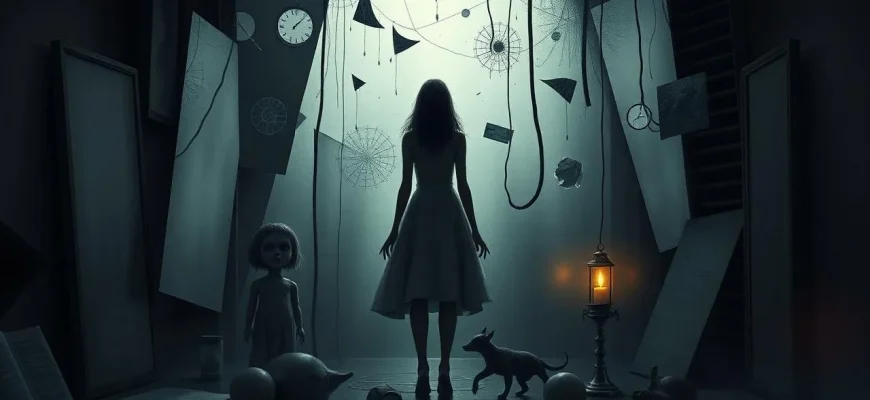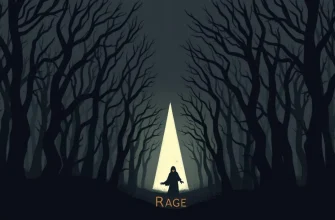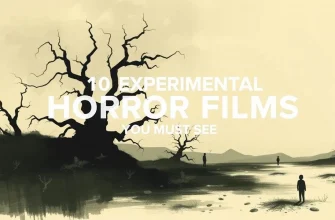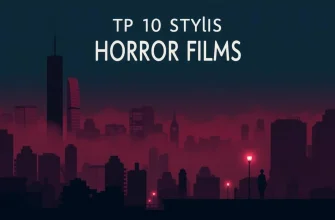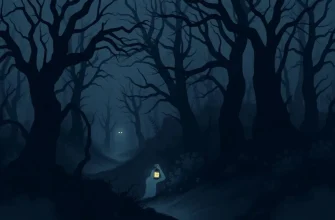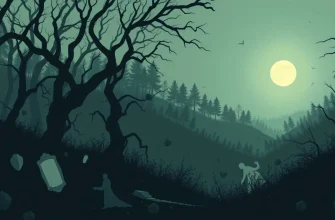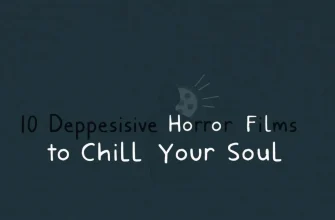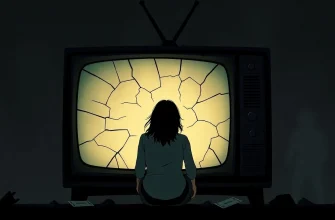Arthouse horror films are not your typical jump-scare fests; they delve into the psychological, the surreal, and the avant-garde, often challenging viewers with their narrative structure and visual style. This curated list of 10 arthouse horror films offers a journey into the minds of visionary filmmakers who blend horror with high art, providing a unique cinematic experience that lingers long after the credits roll. Whether you're a seasoned horror enthusiast or a curious cinephile, these films promise to disturb, intrigue, and captivate in equal measure.
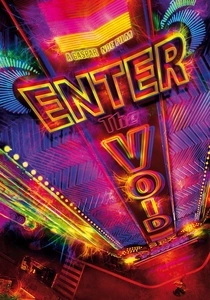
Enter the Void (2009)
Description: Gaspar Noé's experimental film about a drug dealer's soul experiencing life after death, with stunning visuals and a narrative that defies traditional storytelling.
Fact: The film took over a decade to make, with Noé using innovative filming techniques like DMT-inspired visuals. It was banned in several countries due to its explicit content.
 Watch Now
Watch Now 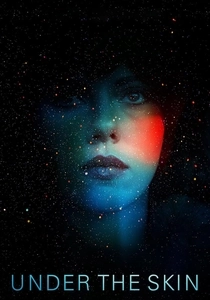
Under the Skin (2013)
Description: Jonathan Glazer's film follows an alien who seduces men in Scotland, exploring themes of identity and humanity in a visually stunning, unsettling manner.
Fact: Scarlett Johansson's character speaks only 89 words throughout the entire film. The film uses non-actors in many scenes to create a sense of realism.
 Watch Now
Watch Now 
The Babadook (2014)
Description: Jennifer Kent's debut feature uses the metaphor of a children's book to explore grief and mental health, creating a modern horror classic.
Fact: The film was initially banned in Australia due to its classification rating but was later released uncut. The character of the Babadook has become an internet meme.
 Watch Now
Watch Now 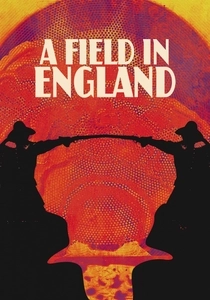
A Field in England (2013)
Description: Ben Wheatley's black-and-white film set during the English Civil War, where a group of deserters encounter psychedelic horror in a field.
Fact: The entire film was shot in just 12 days. It was released simultaneously in cinemas, on DVD, and online, a pioneering move at the time.
 Watch Now
Watch Now 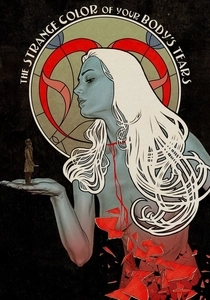
The Strange Colour of Your Body's Tears (2013)
Description: A Belgian giallo-inspired film by Hélène Cattet and Bruno Forzani, known for its visual style and surreal narrative, exploring themes of loss and obsession.
Fact: The film was shot in a single apartment, using mirrors and reflections to create a labyrinthine effect. It has no dialogue for the first 10 minutes.
 Watch Now
Watch Now 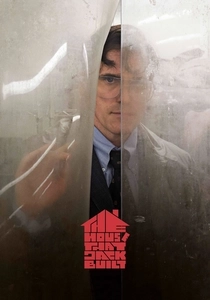
The House That Jack Built (2018)
Description: Lars von Trier's exploration of a serial killer's mind through a series of meticulously planned murders, offering a chilling, artistic take on the horror genre.
Fact: The film was banned in several countries due to its graphic content. It also features a cameo by Bruno Ganz as Verge, a character representing the devil.
 Watch Now
Watch Now 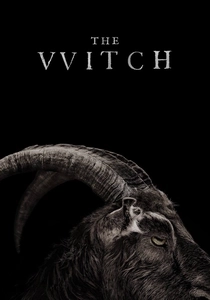
The Witch (2015)
Description: Robert Eggers' meticulously crafted film about a Puritan family encountering evil in 17th-century New England, blending historical accuracy with folk horror.
Fact: The film's dialogue is based on actual writings from the period. The goat playing Black Phillip was named Charlie and was quite mischievous on set.
 Watch Now
Watch Now 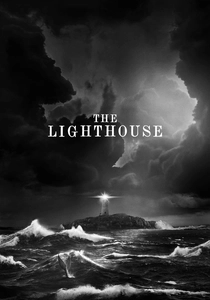
The Lighthouse (2019)
Description: Robert Eggers' follow-up to "The Witch," this film is a psychological horror set in the late 19th century, exploring isolation, madness, and myth.
Fact: The film was shot in black and white with a
 Watch Now
Watch Now 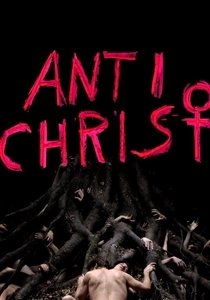
Antichrist (2009)
Description: Another von Trier masterpiece, this film delves into grief, guilt, and nature's cruelty, with a narrative that blurs the line between reality and nightmare.
Fact: The film won the Silver Lion at the Venice Film Festival but also stirred controversy for its graphic scenes. It was shot in Sweden, with much of the filming taking place in a remote forest.
 30 Days Free
30 Days Free 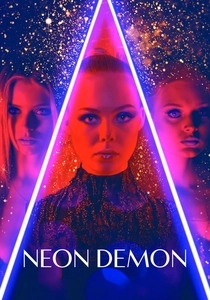
The Neon Demon (2016)
Description: Nicolas Winding Refn's visually arresting film about the dark side of the modeling industry, where beauty becomes a literal feast for predators.
Fact: The film was shot in Los Angeles, with many scenes filmed in actual fashion show venues. It features a score by Cliff Martinez, known for his work with Refn.
 30 Days Free
30 Days Free 
